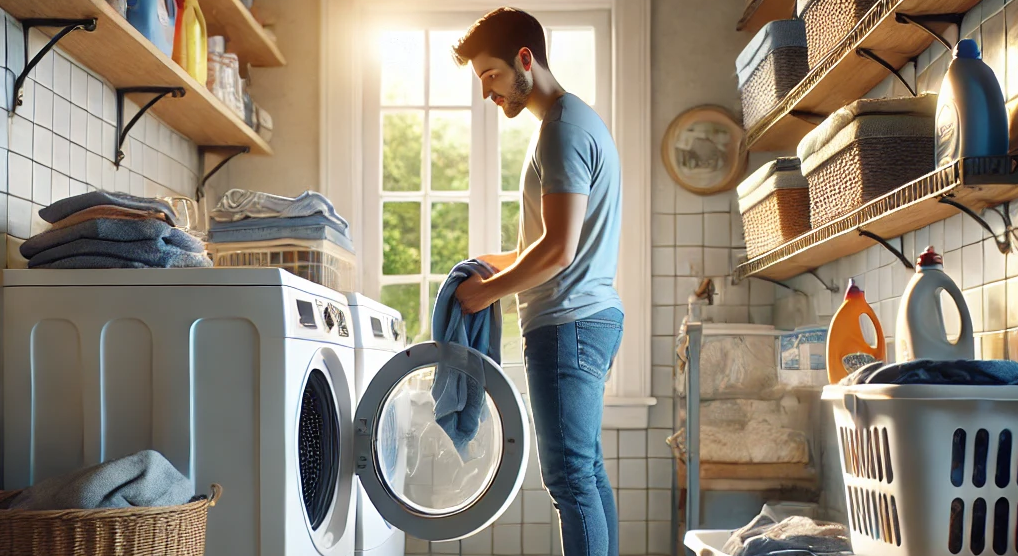Why Is My Dryer Not Drying?

When your dryer isn’t drying your clothes, it can be frustrating and inconvenient.
It's not unusual for heavier items like comforters, jeans or towels to have a few damp patches when the drying cycle ends, especially in a mixed load of light and heavy fabrics. But when the whole load is still wet, you need to figure out why and fix the clothes dryer.
A dryer’s failure to function properly is often caused by one of several common issues. Here’s a breakdown of potential reasons and how to address them.
KEY TAKEAWAYS
- Lint buildup restricts airflow, preventing proper drying. Regularly clean the lint screen, exhaust vent, and duct system to maintain optimal airflow and drying performance.
- Overloading the dryer prevents proper air circulation, while issues like a damaged heating element or blown thermal fuse can halt heating. Address these by following troubleshooting steps or seeking professional repair services.
- Regular cleaning of the moisture sensor, lint screen, and internal components, along with annual professional maintenance, ensures the dryer functions effectively and lasts longer.
Clogged Lint Screen or Exhaust Vent
Lint buildup on the lint screen or in the exhaust vent restricts airflow through the dryer needed to dry clothes. This is the #1 cause of clothes dryer drying problems.
When the dryer blow can’t expel the moist air from the clothes, the garments continue to tumble around in a warm and humid dryer drum.
Clean the Dryer Lint Screen
Remove lint and debris from the lint screen before starting every load.
Monthly, wash the lint screen with water and a soft-bristled brush to remove fabric softener and dryer sheet residue from the screen as shown in this video:
Clear the Dryer Exhaust Vent
Remove the flexible exhaust vent behind the dryer and clear lint out of that component using a vacuum cleaner and lint brush if needed.
Clean lint buildup out of the exhaust vent duct system that carries dryer exhaust air to the outside of your home. You can use a leaf blower or exhaust lint brush tool to clear the duct system. Make sure that the damper on the vent outlet on the outside of your home opens properly.
If you need or prefer to have a professional clean the dryer vent duct system for you, schedule dryer vent duct cleaning service and we’ll send a service provider to your home to clean the dryer vent.
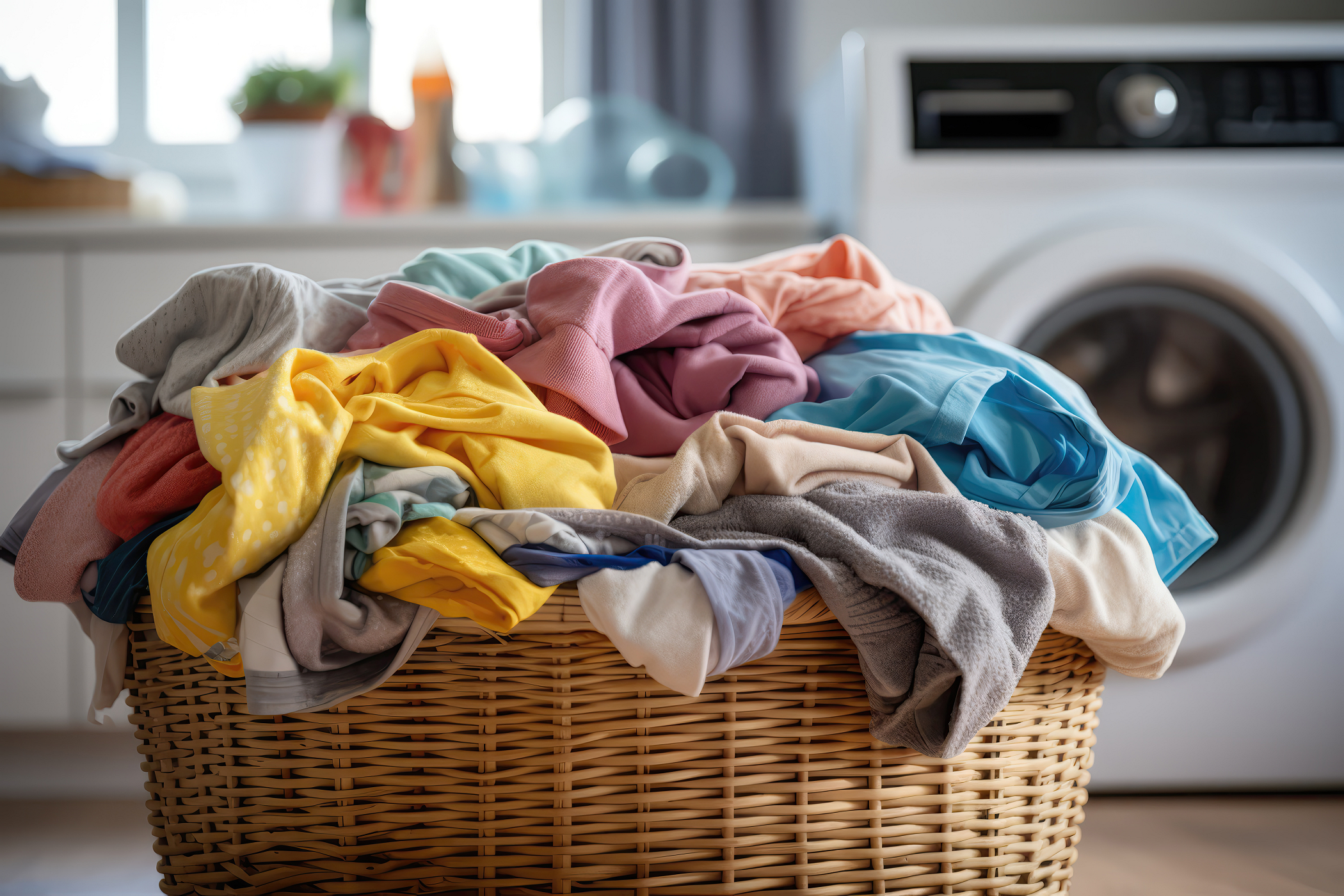
Overloading the Dryer
When the drum is too full, clothes can’t tumble freely, preventing hot air from circulating effectively.
Reduce the size of your load and try drying again. Follow the dryer loading guidelines in the owner’s manual for your appliance.
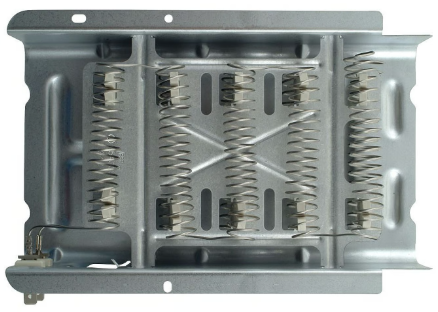
Faulty Heating Element
If the heating element is damaged or broken, the dryer won’t produce the heat necessary to dry clothes.
When the dryer isn’t heating, follow the troubleshooting steps in this video to determine the cause of the problem and fix it:
If you’re unable to determine the cause of a heating failure and fix it on your own, schedule dryer repair service and we’ll send a Sears Home Services technician to your home to fix the dryer.
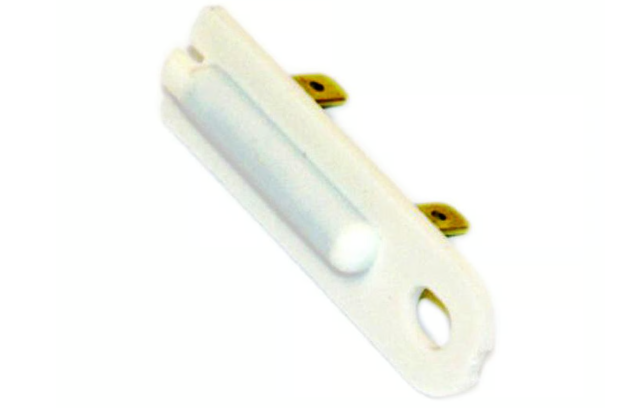
Blown Thermal Fuse
A gas dryer won’t heat when the dryer overheats and trips the thermal fuse. A clogged exhaust vent system is the #1 cause of a blown thermal fuse.
Note: A blown thermal fuse in an electric dryer will typically prevent the dryer from running (not heating).
Check the exhaust vent system and clear it as described in the first section above if you find it blocked.
To test the thermal fuse and gas dryer heating system to determine the cause of the heating failure, follow the steps in this video:
If your diagnosis indicates that the thermal fuse is blown, replace it as shown in this DIY video:
If you can’t find and fix the cause of a gas dryer heating problem on your own, have a dryer repair technician examine and fix the dryer.
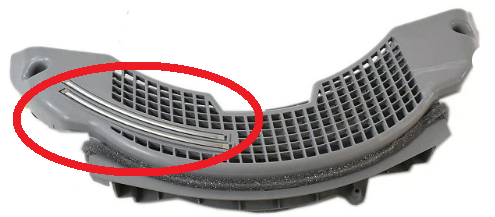
Dirty Moisture Sensor
Many modern dryers use a moisture sensor to determine when clothes are dry.
The moisture sensor consists of two metal bars that detect conductivity of electric current through wet clothes. When clothes are dry, the metal bars no longer detect conductivity and the control considers the clothes dry.
If the moisture sensors are coated with dryer sheet residue and lint, the metal bars won’t detect conductive moisture in the clothes and the dryer control will end the cycle while the clothes are still wet or moist.
Clean the moisture sensor bars with a damp cloth to remove residue and lint.
By addressing these problems that cause poor drying quickly, you can restore the performance of your appliance so it dries clothes efficiently every time.
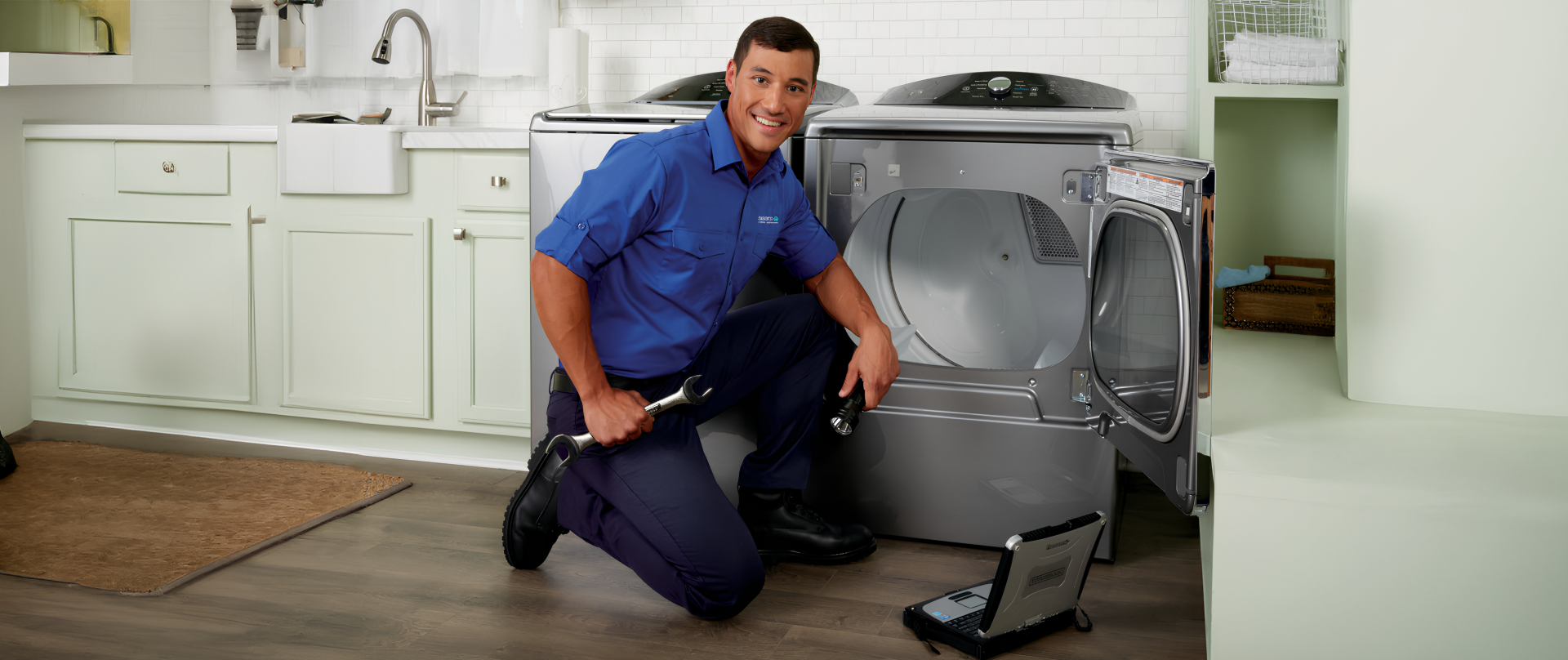
Maintain Your Dryer to keep it Drying Properly
Proper dryer maintenance helps prevent drying problems and will keep your appliance in top shape and lasting longer.
Follow the maintenance tips in this video to keep your dryer working smoothly:
Schedule annual dryer maintenance by a Sears Home Services technician. Our dryer tech will vacuum lint and dust out of the inside of your dryer cabinet where this buildup can cause a fire if not removed regularly. The technician will also check the heating and exhaust system, drive system, electrical system and controls and make any adjustments necessary to keep your dryer in top shape.
Being proactive in maintaining your dryer will help you avoid unexpected breakdowns and keep the dryer working efficiently.
Frequently Asked Questions
Why does my dryer take 2 hours to dry clothes?
Long dry times are most often caused by a clogged exhaust system. Clean the lint screen before drying every load and wash the lint screen monthly to remove residue. Clear the flexible exhaust vent behind your dryer and blow lint and debris out of the exhaust duct going to the outside of your home using a leaf blower. Heating system problems can also cause long dry times. Check dryer heating temperature by measuring air temperature coming from the exhaust at the back of the dryer. The dryer should be heating to about 130-150 degrees. If not, troubleshoot the heating system to fix the dryer.
Why is my dryer hot but clothes are still wet?
A clogged exhaust vent system isn’t expelling the hot, moist air inside the dryer drum so clothes just continue to tumble in the hot and humid dryer drum. Clear the clogged exhaust vent duct system going to the outside of your home and the dryer will dry clothes properly.
How do I know if my dryer vent is clogged?
Signs that your dryer vent is clogged include: long dry times, dryer overheating, lack of lint on the lint screen and no airflow from the dryer vent outlet at the outside of your home.
How to tell if a heating element is bad in a dryer?
Unplug the dryer to disconnect electrical power and access the heating element using credible and safe DIY advice from the web. (Have a service technician check the element if you’re not confident that you can safely access and check the heating element on your own.) Using a multimeter, check the resistance through the element. The meter should measure about 14 ohms of resistance through a good dryer heating element. If the meter measure OL (open load) or infinite resistance, then the element if bad and needs replacing.
Schedule your dryer repair now!
Count on our knowledgeable technicians to provide thorough dryer repairs, ensuring your appliance operates at peak performance for years to come.
Was this information helpful?
Repair Dryer Resources
Learn about reasons why your dryer won’t start and get practical solutions for fixing common dryer problems.
Learn 5 DIY tips to fix your dryer when it is not heating.
Learn how an electric dryer works to get your clothes dry.
Learn how steam dryers work and how to keep them working smoothly.
Glossary Terms
Natural gas is a fossil fuel used primarily for heating, cooking, and electricity generation. It's a hydrocarbon gas mixture consisting mainly of methane, but it also contains smaller amounts of other hydrocarbons and sometimes sulfur compounds.
A gas dryer is a laundry appliance that uses natural gas or propane to generate heat to dry clothes.
A ductless range hood, also known as a recirculating hood, filters and recirculates air in the kitchen, removing smoke, heat, and cooking odors without venting outdoors.
A freezer compressor is a vital component of a freezer's refrigeration system, functioning as a pump to circulate refrigerant through the system, which cools the interior by absorbing and expelling heat.
Common Repair Dryer Symptoms
The most common reasons your Whirlpool dryer won't turn off are an open heating element, defective electronic control board or a failed thermistor.
The most common reasons your Whirlpool dryer won't start cycle are a faulty thermal fuse, failed door switch or a broken drum belt.
The most common reasons your Whirlpool dryer won't heat up are an open heating element, failed thermal cut-off fuse or a defective electronic control board.
The most common reasons for a Whirlpool dryer will not come on issue are a faulty thermal fuse, a failed door switch, or a broken drum belt.
The most common reasons your Whirlpool dryer takes 3 cycles to dry are an open heating element, a clogged vent tube, or a faulty thermal fuse.
The most common reasons your Whirlpool dryer stopped working are an open heating element, faulty thermal fuse or a worn drum bearing.
